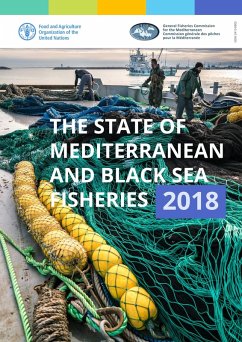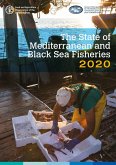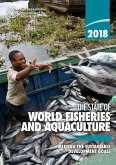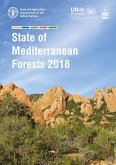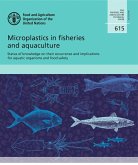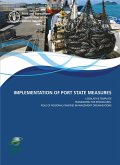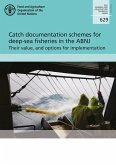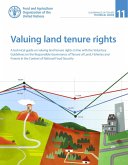SoMFi 2018 is divided into eight chapters. The first analyses the current composition of the fishing fleet, including information on fleet capacity, vessel types and age classes. Next comes a detailed breakdown of overall capture fishery production with comparisons of the latest figures to data from previous years, highlighting significant changes and trends. The report then looks at what this means for regional economies and for the livelihoods of the people who depend on the fisheries sector. As small-scale fisheries make up a large majority of Mediterranean and Black Sea fisheries, they receive special focus.
SoMFi 2018 also provides the most detailed assessment yet of the state of fishery resources in the region. It shows the current status of the stocks, including those most at risk from overfishing, and looks at related issues like discards and incidental catches of vulnerable species. The report then highlights GFCM's strategic efforts to build long-term sustainability, as it works with its stakeholders to sustainably manage fisheries and improve coastal livelihoods across the region. Finally, SoMFi 2018 concludes with an overview of the important role fisheries have to play in achieving the United Nations Sustainable Development Goals, maintaining healthy ecosystems and productive fisheries.
Dieser Download kann aus rechtlichen Gründen nur mit Rechnungsadresse in A, B, CY, CZ, D, DK, EW, E, FIN, F, GR, H, IRL, I, LT, L, LR, M, NL, PL, P, R, S, SLO, SK ausgeliefert werden.

